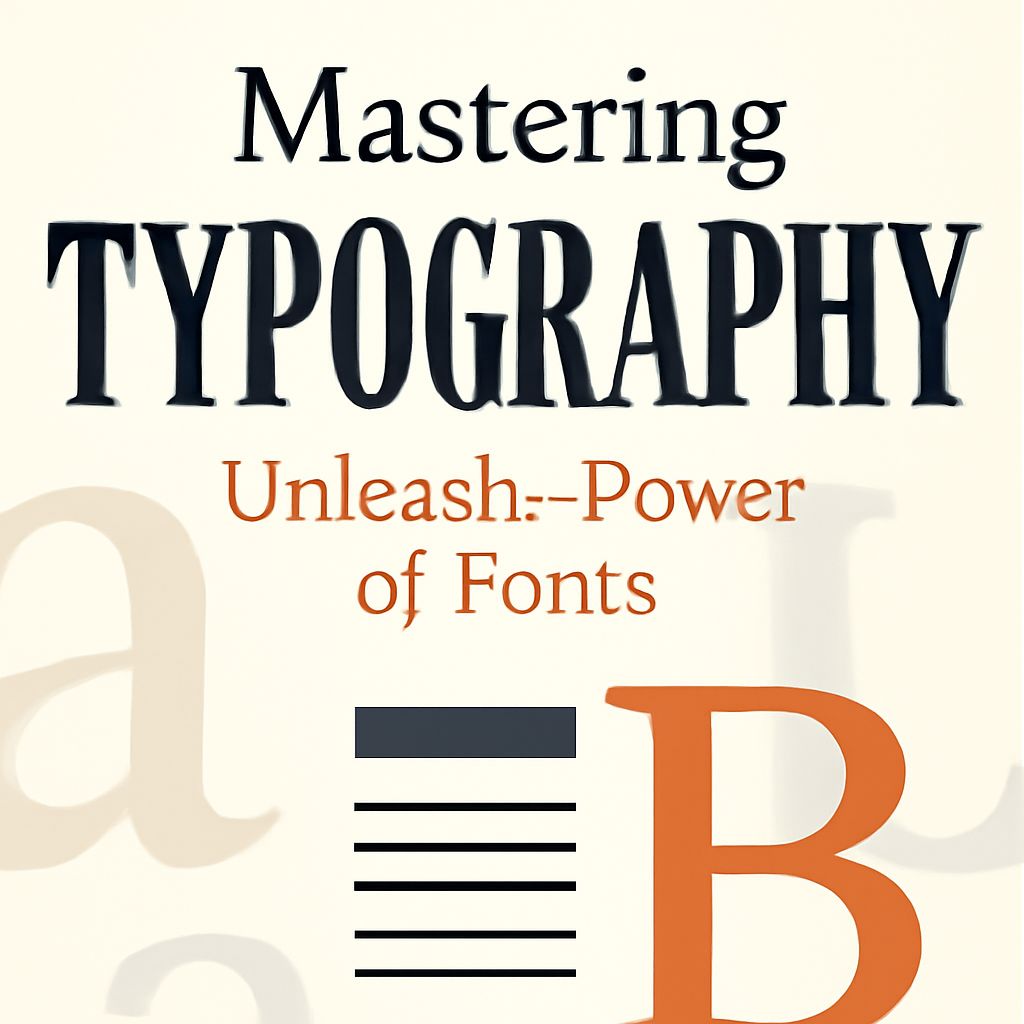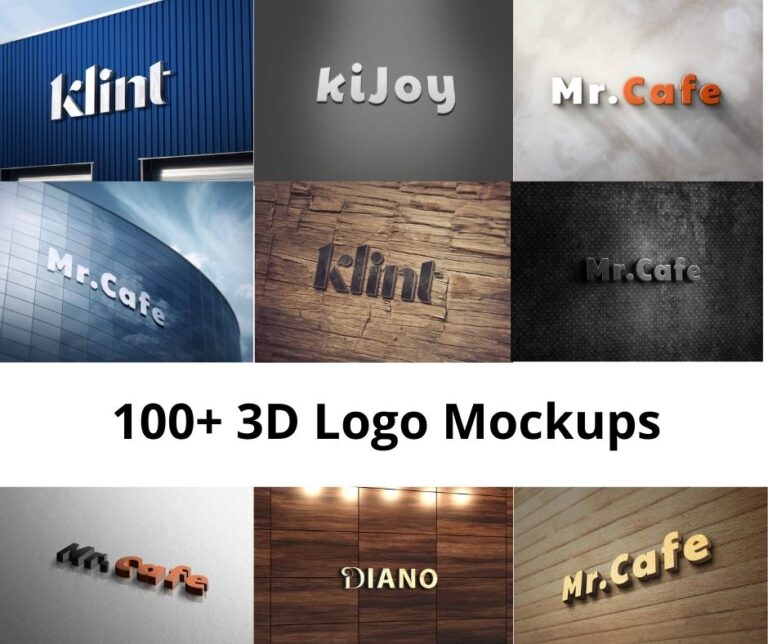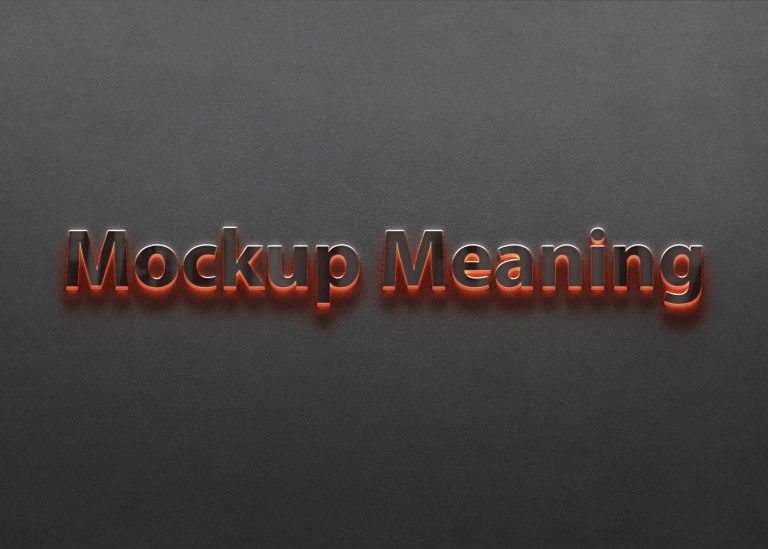Table of Contents
Introduction
Typography is an essential element of design that goes beyond simply choosing pretty fonts. It is about conveying messages, evoking emotions, and enhancing readability through the strategic use of typefaces. Mastering typography can significantly elevate the quality of any design project, whether it’s for digital platforms or print media.
The Importance of Typography
Typography is more than just legibility; it’s a vital tool for visual communication. The right typography creates hierarchy, guides the reader, and injects personality into the message.
- Affects first impressions and brand perceptions
- Influences readability and navigation
- Conveys mood and tone of the message
Basic Typography Concepts
Before diving into font selection, it’s crucial to understand the core concepts that underpin effective typography.
- Typeface vs. Font: A typeface is a family of fonts (e.g., Arial), while a font refers to a specific weight or style within that family (e.g., Arial Bold).
- Serif vs. Sans Serif: Serifs are small lines attached to the ends of letters in some typefaces. Sans serif fonts lack these lines and often appear more modern.
- Kerning and Tracking: Kerning adjusts the space between individual letter pairs, while tracking uniformly alters spacing across a range of characters.
Choosing the Right Fonts
The choice of fonts can make or break a design project. Consider the following factors:
- Readability: Ensure text is easy to read, especially for body copy.
- Brand Alignment: Fonts should reflect the brand’s personality and values.
- Compatibility: Choose fonts that render well across various devices and media.
Combining Fonts Effectively
Mixing fonts can add visual interest and hierarchy but should be done with care to avoid clutter.
- Limit combinations to two or three fonts to maintain coherence.
- Contrast typefaces to create hierarchy (e.g., pair a bold serif with a light sans serif).
- Ensure that different fonts complement each other and do not clash.
Typography in Digital Design
Digital design poses unique challenges and opportunities for typography.
- Responsive design demands flexible typography that adapts to various screen sizes.
- Web-safe fonts ensure text displays consistently across different browsers.
- Consider loading times; too many fonts can slow down a website.
Key Differences: Print vs. Digital Typography
| Aspect | Print Typography | Digital Typography |
|---|---|---|
| Medium | Static, tangible pages | Dynamic, varied screens |
| Resolution | High resolution | Variable resolution |
| Font Files | Embedded in print | Local or web-hosted |
| Color | CMYK | RGB |
| Considerations | Ink absorption, paper texture | Loading speed, legibility |
Advanced Typography Techniques
As you grow more confident with basic typography, consider experimenting with advanced techniques.
- Custom Fonts: Creating custom fonts for branding ensures uniqueness.
- Variable Fonts: These allow fine-tuning of weight, width, and other aspects without needing separate files.
- Interactive Typography: Incorporate animations or interactive elements to engage users.
FAQ
What is the main purpose of typography?
Typography seeks to make text legible and aesthetically pleasing while aligning with the overall design and message.
How do fonts convey emotion in design?
Different typefaces evoke different emotional responses; for instance, serif fonts often appear formal, whereas sans serif fonts project modernity.
Can I use any number of fonts in a design?
It is generally advised to limit the number of fonts to two or three per design to ensure clarity and harmony.
How does responsive design affect typography?
Responsive design necessitates flexible typography that maintains legibility and aesthetics across varied screen sizes.
Is there a difference between a typeface and a font?
Yes, a typeface refers to a family of related fonts, whereas a font is a specific variant of this family, such as size and style.
What are variable fonts, and why use them?
Variable fonts allow modifications in weight and width within a single file, offering design flexibility and reducing load times.
Conclusion
Typography plays a pivotal role in both digital and print design, bridging the gap between visual aesthetics and effective communication. By mastering the use of fonts, their combinations, and understanding their impact, you can create designs that not only catch the eye but also convey meaning and evoke emotion. Whether you’re a graphic designer, web developer, or content creator, honing your typography skills will unlock new creative possibilities and greatly enhance the effectiveness of your work.







